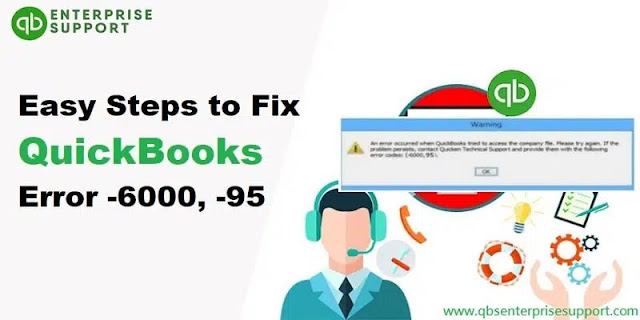Discontinued Features in QuickBooks Desktop 2022 and Enterprise 22
QuickBooks is an accounting hub of a myriad of features and advanced functionalities that aim at streamlining the accounting operations of users who work on this impeccable accounting program. While Intuit rolls out different versions and editions of QuickBooks, it is pertinent to take a note of the recent trends in these versions in terms of the features incorporated. In this context, there are various features discontinues in QuickBooks Desktop 2022 and Enterprise 22. To get an insight into these features, read this article all the way to the end.
Features are unavailable in QuickBooks Desktop 2022 and QuickBooks Enterprise 22.0?
The list of features that are unavailable in QB 2022 and Enterprise 22 includes:
- Loan Manager
- Scan Manager
- Cash Flow Projector
- QuickBooks Pro Timer
- Non automation of Transactions. They now need to be entered manually.
- Full knowledge of the principal and interest components corresponding to payment is a necessary requirement.
A Further insight into the discontinued features in QuickBooks Desktop 2022 and Enterprise 22.0
Read this section till the end to get a better overview of the various discontinues features in QuickBooks Desktop 2022 and Enterprise 22.0 and the multiple way outs, including the viable substitutes for these discontinued features.
Attach documents feature
The replacement of the Scan Manager is the Attach Documents feature using the mobile device. The user can now his/her scan documents with the use of a mobile device. The scanned documents can then be imported into QuickBooks.
Search the QuickBooks Desktop Marketplace
The user is now required to search for a substitute for the Cash Flow Projector in the QuickBooks Desktop Marketplace. It offers a multitude of different third-party applications.
Track time in QuickBooks Desktop
Since the QuickBooks Pro Timer is no longer available, the user needs to manually enter timesheets in QuickBooks Desktop and Enterprise 2022. In case the Pro Timer feature was already set up by the user prior to the update, he/she can export and import timesheets by employing the IIF files. The steps for the same are discussed below:
- Start off by backing up the QuickBooks Desktop file.
- Following that, run QuickBooks Pro Timer and then proceed with the Export option.
- The next step requires saving the file with the IIF extension.
- Subsequent go for right-clicking the saved IIF file and the next step requires clicking on the Open with option, and then choosing Microsoft Excel.
- Proceed by expanding the columns, and then finding this header row. Follow up by deleting all rows above it.
|! TIMEACCT | DATE | JOB | EMP | ITEM | PITEM | DURATION | PROJ | NOTE | XFERTOPAYROLL | BILLINGSTATUS |
- Now, make a move to the File tab and then tap on the Save option. Make sure not to go for the Save As option. After that, tap on the option to close the IIF file.
- The subsequent step requires signing in as the admin to the Company file.
- Make a move to the File tab and then proceed to the Utilities tab.
- Upon choosing Utilities, the user should opt for the Import option and after that, choose the IIF Files.
- Next, tap on the option to Import IIF twice and then the user should browse to the saved QuickBooks Pro Timer IIF file.
- Advance ahead by clicking on Done.
- Upon the successful importing of the files, the user shall get a confirmation stating the import was successful.
- If the user wishes to view the imported time sheets, he/she should proceed with the following steps:
- Make a move to the Employees tab.
- Subsequently, choose the option to Enter Time and then click on the option to Use weekly Timesheet.
Conclusion
This article presented in detail the various feature discontinued in QuickBooks Desktop 2022 and Enterprise 22.0. If you need further assistance, or languished due to the recurrence of technical problems in QuickBooks at home or at your workplace, just give our QuickBooks desktop support experts a call at the helpline i.e., 1-800-761-1787.




Comments
Post a Comment